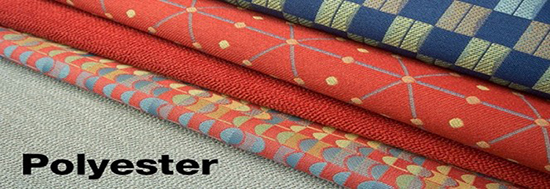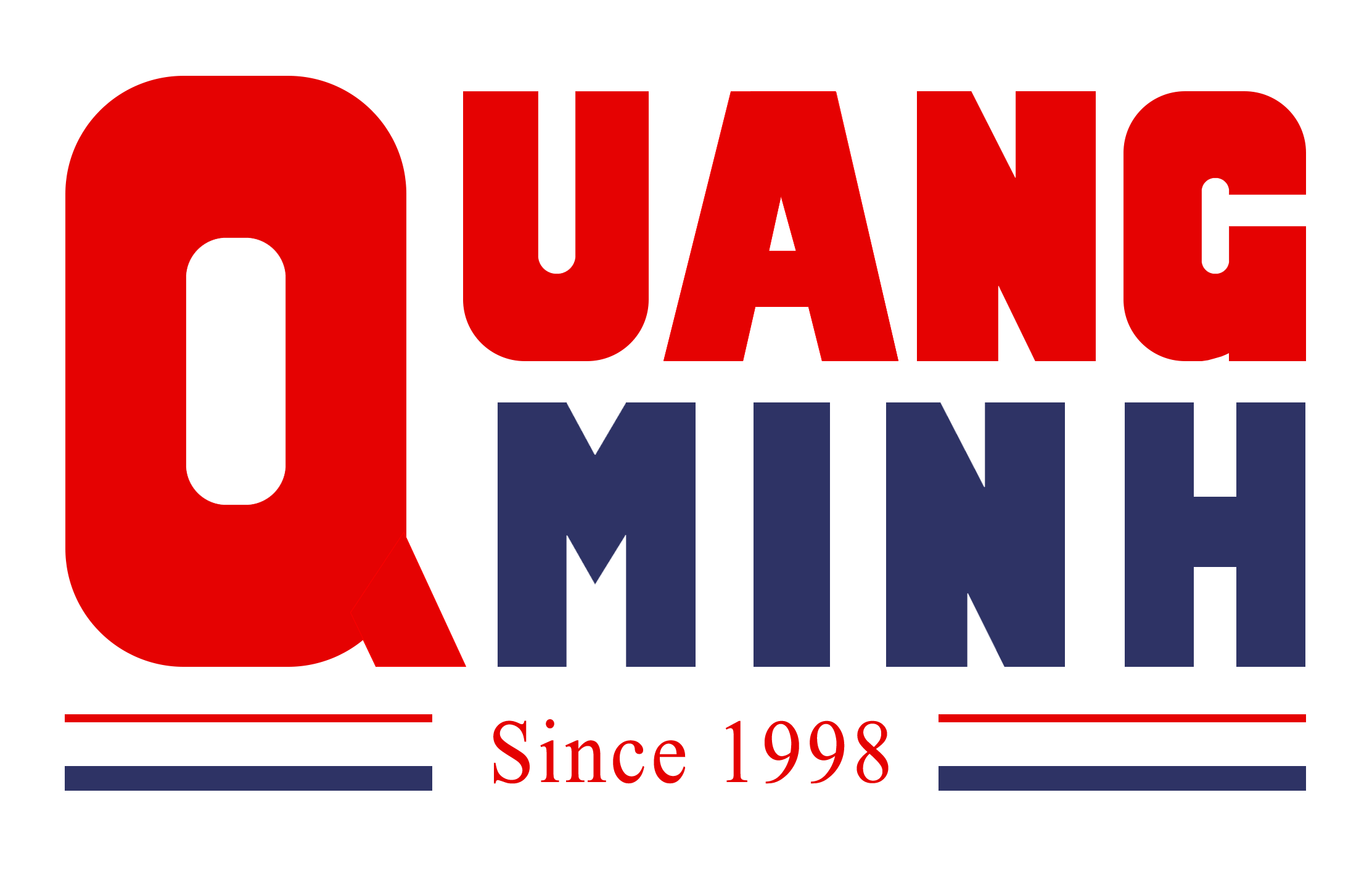POLYESTER MESH
1. Mosquito net woven from POLYESTER
Woven from Polyeter fiber combined with odorless, non-toxic hardening additives, safe for health and environment. Then use a folding machine to create mesh folds from 16mm - 20mm, in accordance with the needs of insect net manufacturers.
Quang Minh folding mesh door uses 20mm pleats.
We would like to quote a specific article about POLYESTER material to help customers understand more.
2. What is polyester?
Polyester is a synthetic fiber with a characteristic composition of Ethylene (derived from petroleum). The chemical process that produces finished polyesters is called polymerization. To create polyester fibers, manufacturers conduct a chemical reaction between alcohol and acid. In this reaction the molecules randomly join together to form a larger molecule with similar structure.
There are four basic types of polyester yarn: filament, staple, roving, and fiberfill.
Polyester is widely used in the industry to produce products such as clothing, household furniture, industrial fabrics, insulating materials, cushions, etc. Polyester fiber has many advantages when compared to other types of polyester. Traditional fibers are not hygroscopic, but absorb oil. It is these properties that make Polyester a perfect product for waterproof, dust proof and fireproof applications. Polyester's low absorbency makes it naturally resistant to stains. The polyester mesh does not shrink, wrinkle when washed, wrinkle resistant and stretch resistant. It is also easily stained and is not damaged by mildew. Polyester fabric is an effective insulation material, so it is used to make pillows, blankets, cushions, outerwear and sleeping bags...

Polyester fabric
100% Polyester Fabric or Mesh can have permanent pleats with shapes. They are also highly resistant to stains so they are great for cleaning.
3. History of Polyester
Polyester was discovered in the laboratory in the 1930s. In the years 1939-1941, many British scientists began to pay attention to this material and began to study polyester more deeply, leading to the birth of polyester. of this synthetic material.

Structure of polyester fabric
4. Structure of polyester fabric
In 1946, DuPont - who discovered polyester began to buy the copyright to manufacture and market this fabric. Up to now, Polyester has 2 main forms: Polyethylene Terephthalate (PET) and poly-1, 4-cyclohexylene-dimethylene terephthalate (PCDT). Of these two main types, PET is more popular due to its high applicability and durability. Besides, PET can also be used alone or mixed with many other fabrics to promote extremely effective anti-dirt and anti-wrinkle properties.
5. Polyester yarn production process
To produce a complete polyester yarn, it must go through 5 stages including: polymerization, drying, spinning, stretching and winding:
5.1. Coincidence
For 2 substances Dimethyl Terephthalate react with Ethylene Glycol with catalysts at a temperature of 150 - 210 degrees Celsius.
The result of this reaction is a monomer, which continues to combine with Terephthalic acid and raise the temperature to 280 degrees Celsius to form Polyester. Then, the molten polyester is pressed into a long strip.
5.2. Drying
Polyester long strips are cooled to harden and cut into extremely small beads. This makes it easy to maintain and ensures durability for a long time.
5.3. Spinning
The small polyester fibers will then be melted at a temperature of 260 - 270 degrees Celsius, forming a thick solution and stored in a metal barrel, also known as a filament injection drive, which squeezes the solution through small holes with many different shapes round, polygon, pentagon,…
Depending on the size of the fabric, the nozzle density is different. The fibers after extrusion twist together to form single strands.
During the spinning process, manufacturers can add many other chemicals to make the fabric more resistant to static electricity, flame retardant and can be dyed more easily.

Polyester spinning process
5.4. Stretch
Polyester yarn after being spun is very soft, so it can be stretched to hundreds of times its original length. After stretching, polyester yarn has a change in diameter, length and even thickness. This is the step where manufacturers link single yarns together, creating the desired softness and stiffness of the fabric.
5.5. Polyester spinning process
This is the last step in the process of creating polyester yarn, after stretching the polyester is rolled into a large yarn tube and then woven into fabric, mesh...

Polyester spinning process
6. Are polyester textile products good?
Any type of yarn has its own advantages and disadvantages. However, it is not natural that this type of fiber is used so much in production. Compared with normal natural fibers, polyester has many outstanding advantages such as not absorbing moisture but absorbing oil. It is this characteristic that makes them perfect for waterproof, dustproof and fireproof applications. Their poor absorbency makes them naturally resistant to stains. Polyester has very good resistance to shrinkage without wrinkling.
6.1. Advantages
a. Good water resistance
Items that need high water resistance are often manufactured from Polyester such as sleeping bags, jackets, tents, etc. because the characteristics of this fabric are poor moisture absorption, easy processing or color coating without worrying about being damaged. color fade over time.
Ảnh lưới (bổ sung sau)
Polyester with relatively good water resistance
b. Wrinkle resistance
An outstanding feature that is most noticeable is the wrinkle resistance of polyester textiles. During use, even after washing for a long time, the fabric is wrinkled or deformed very rarely. So you can safely use them for a long time without worrying about the fabric stretching or losing its shape.
c. Does not absorb dirt and is easy to clean
With a shiny surface and poor absorption, this inadvertently makes polyester very resistant to dirt.
d. Low price
Polyester mesh is synthesized from low-cost materials and the production process is not too complicated. Therefore, products made with this material are very affordable and suitable for many customer segments.
e. Other outstanding features
Not only that, polyester is also fire retardant to ensure user safety, resistant to mold and dirt, and has high insulation properties.
7. Application of Polyester
Polyester fabric is widely used and popular in the daily life of consumers:
Sewing waterproof fabrics such as umbrellas, tents, rain clothes, etc.
Polyester spandex fabric is widely produced in almost all types of clothing, bedding, interior upholstery, etc.

Polyester is often used in the production of bed sheets
Polyester can be used as insulation in mattresses, pillows, and comforters by producing hollow fibers.
Polyester fibers are often mixed with natural fibers such as cotton, modal, etc. to increase the durability of the material, making the fabric less wrinkled, easier to maintain and dye more clearly.
In addition to the above applications, sportswear made of polyester is also a great choice. Sportswear with the most perfect material is a synthetic fabric from cotton and polyester. Originally a high-strength fabric, but polyester's absorbent ability is limited, it only separates oil from the body, but cannot absorb water, which can make your body "stronger" when practice. Polyester when combined with cotton makes a great material. Because cotton with good absorbency and softness along with the good stretchability of polyester will definitely bring you the most comfortable feeling when exercising.
8. Cleaning and maintenance
The care and maintenance of Polyester fabric is very easy. Clothes or bedding made from polyester fabric are easy to wash because they do not stain, dry quickly and do not stretch or lose shape when washed. Because of the low-creasing feature, you do not need to iron too much, if you do, just iron them at a low temperature to ensure the durability of the fabric.




